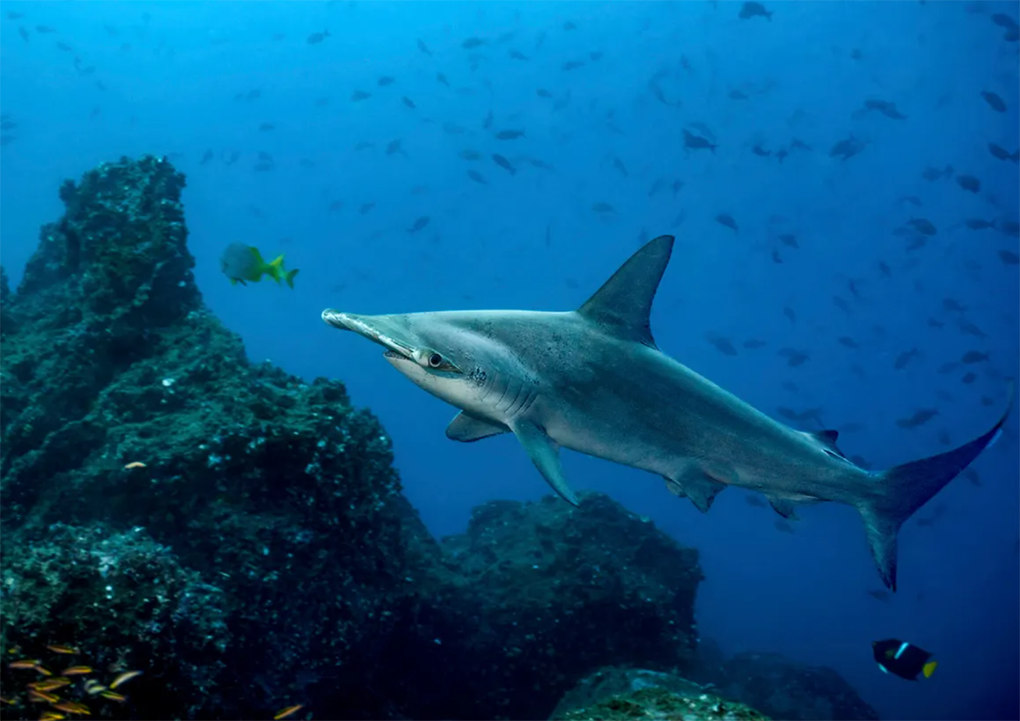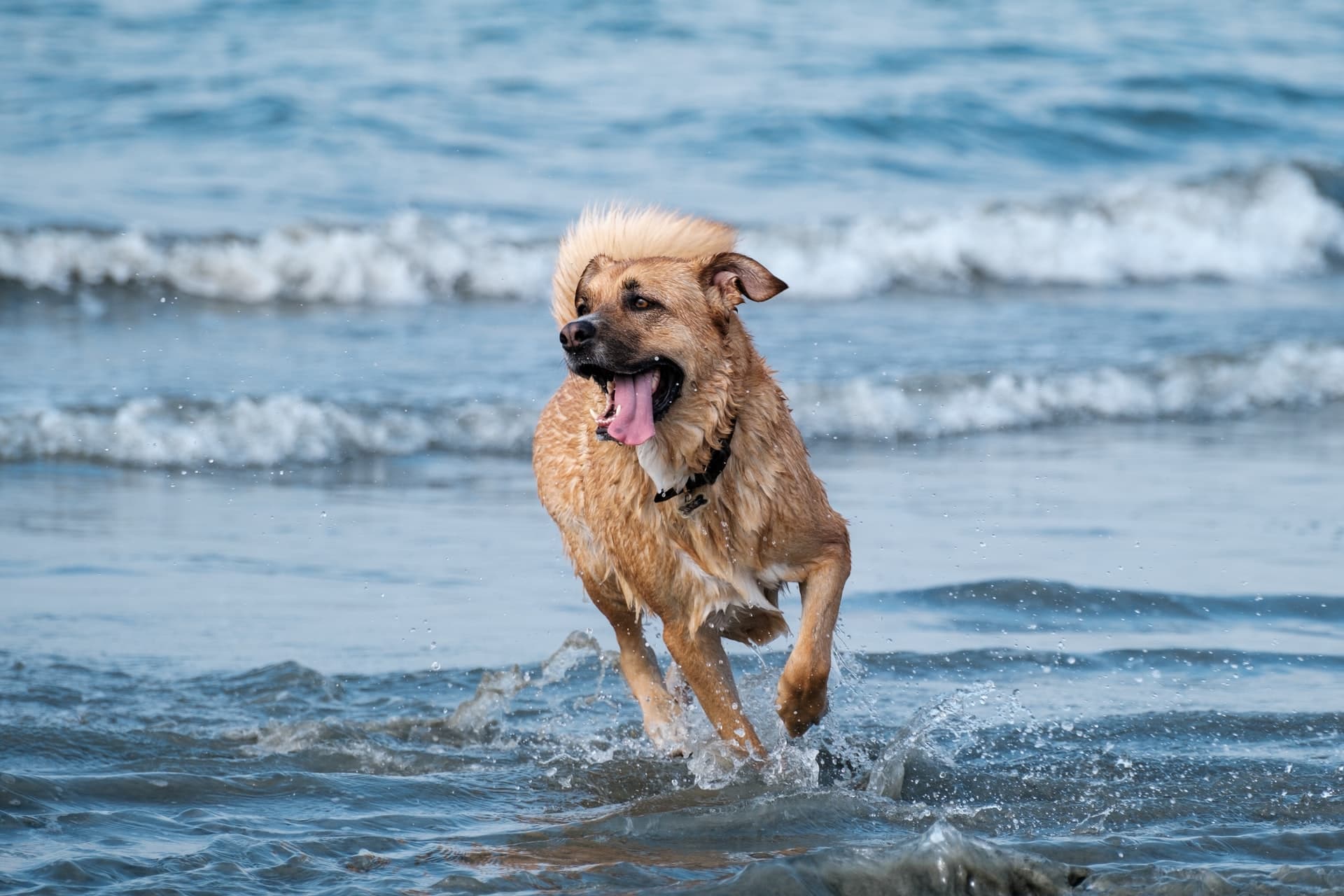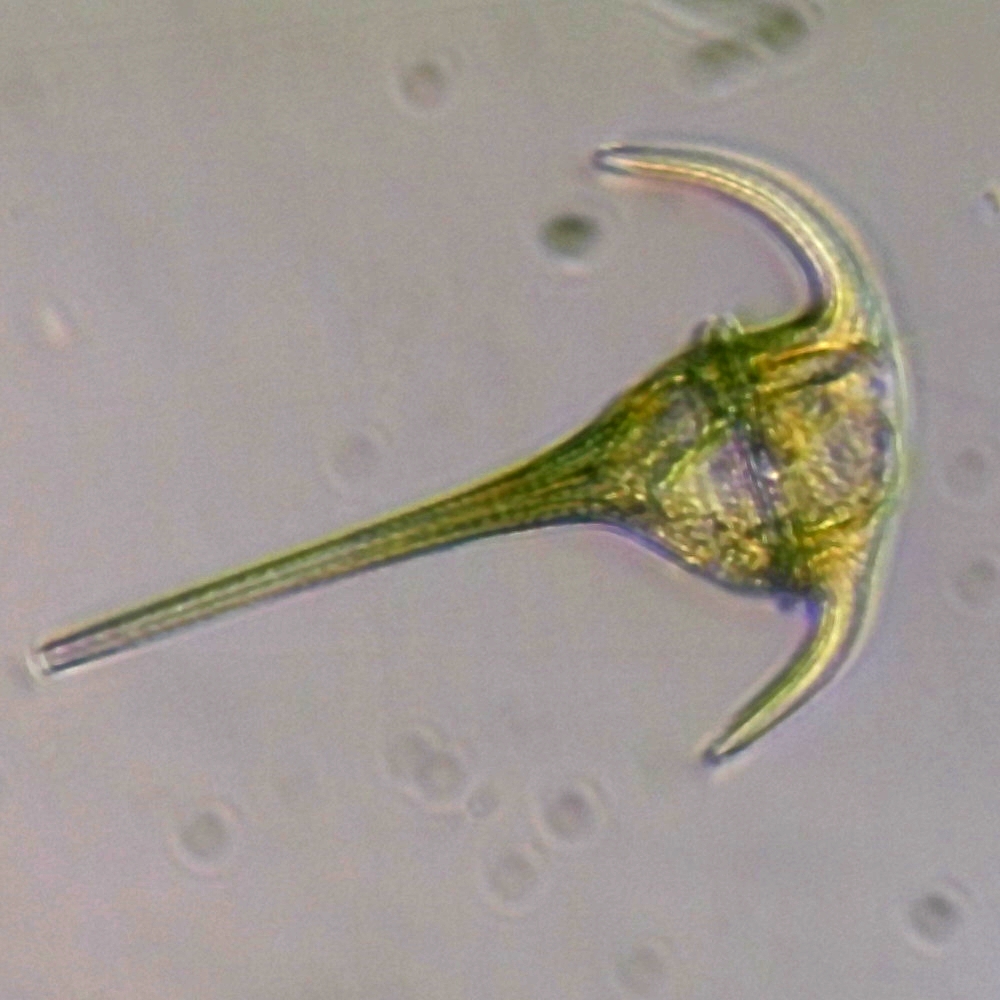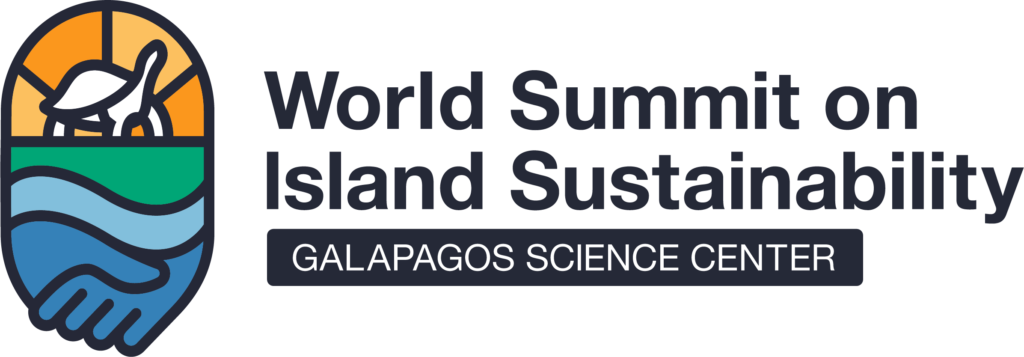Los condrictios, una clase de vertebrados acuáticos (tiburones, rayas y quimeras), enfrentan una crisis global de extinción provocada por la sobrepesca, la degradación del hábitat, el cambio climático y la contaminación. De las aproximadamente 1.250 especies estudiadas, más de un tercio (37%) está en peligro de extinción según la Lista Roja de la Unión Internacional para la Conservación de la Naturaleza, lo que convierte a este grupo en el segundo más amenazado entre los vertebrados. La información biológica y ecológica de los condrictios es escasa, lo que limita la identificación de hábitats críticos. Como resultado de ello, se desarrolló el enfoque de las Áreas Importantes para Tiburones y Rayas (ISRA, por sus siglas en inglés), una herramienta diseñada para mapear zonas esenciales para los procesos del ciclo de vida de estas especies.
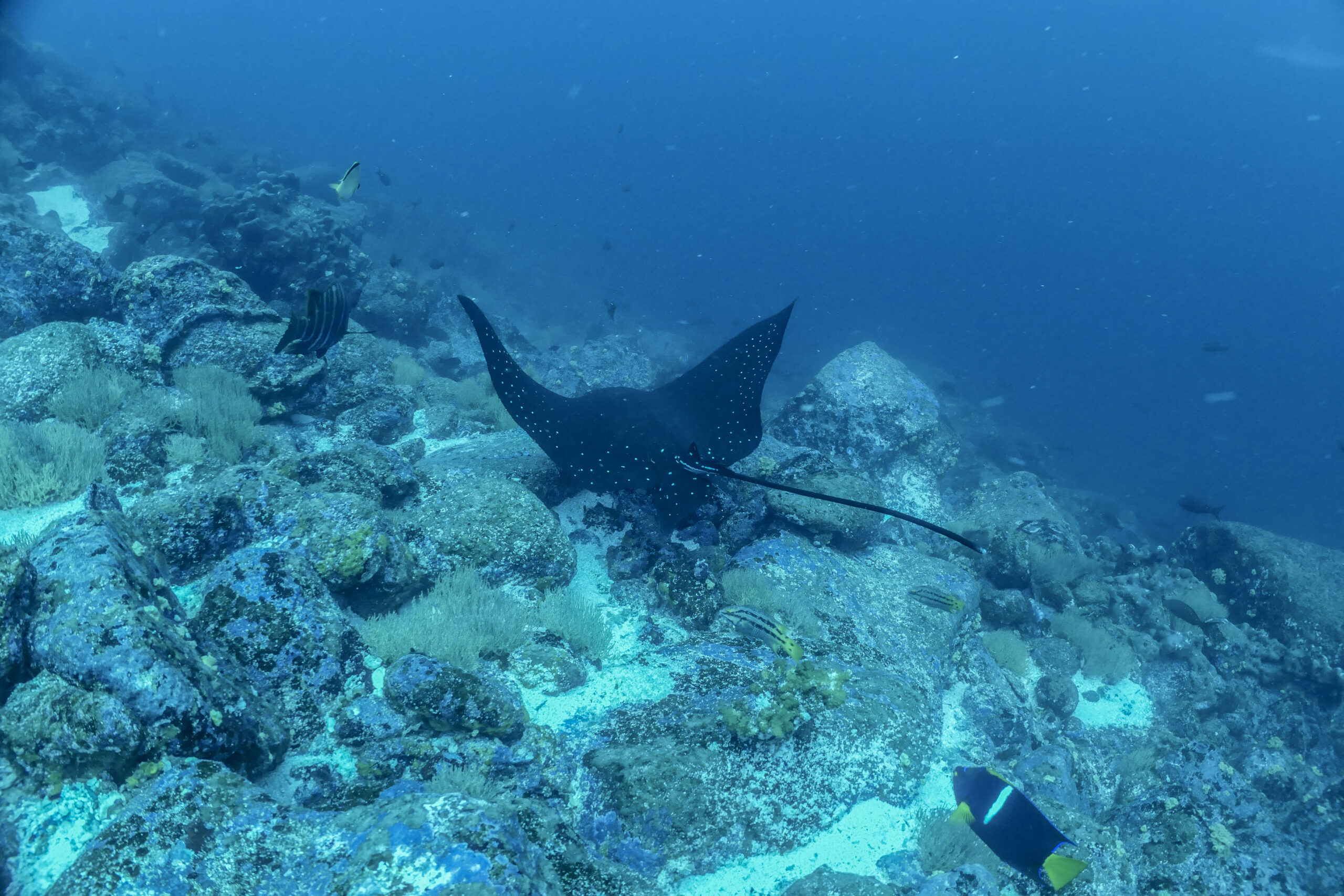
El objetivo de esta investigación fue evaluar las diferencias en el enfoque y los resultados científicos sobre condrictios en el Pacífico de América Central y del Sur, para identificar áreas prioritarias para su conservación. Se analizaron cuatro aspectos principales: la información existente para delinear hábitats críticos, la representatividad espacial de las ISRAs, las especies y rasgos ecológicos más comunes en este proceso, y el potencial del enfoque ISRA para guiar acciones de conservación. Este estudio se aplicó en una región altamente diversa, que alberga 96 especies de tiburones, 83 de rayas y 11 de quimeras, representando el 15% de la diversidad global de condrictios.
La metodología incluyó la división de la región en seis subregiones biogeográficas, desde el Golfo de California hasta el sur de Chile, abarcando Zonas Económicas Exclusivas y Áreas Fuera de Jurisdicción Nacional. De los 821 estudios revisados, el 48,51 % cumplió con los criterios necesarios para sustentar científicamente el proceso de identificación de Áreas Importantes para Tiburones y Rayas. Se aplicó el monitoreo de crías del año (YOY) para ubicar zonas de crianza de las especies, el conocimiento ecológico local (LEK), el ADN ambiental (eDNA) que detecta especies a través de rastros genéticos en el agua, y herramientas tecnológicas como BRUVS (video submarino con cebo), ROV (vehículos operados remotamente), entre otros.
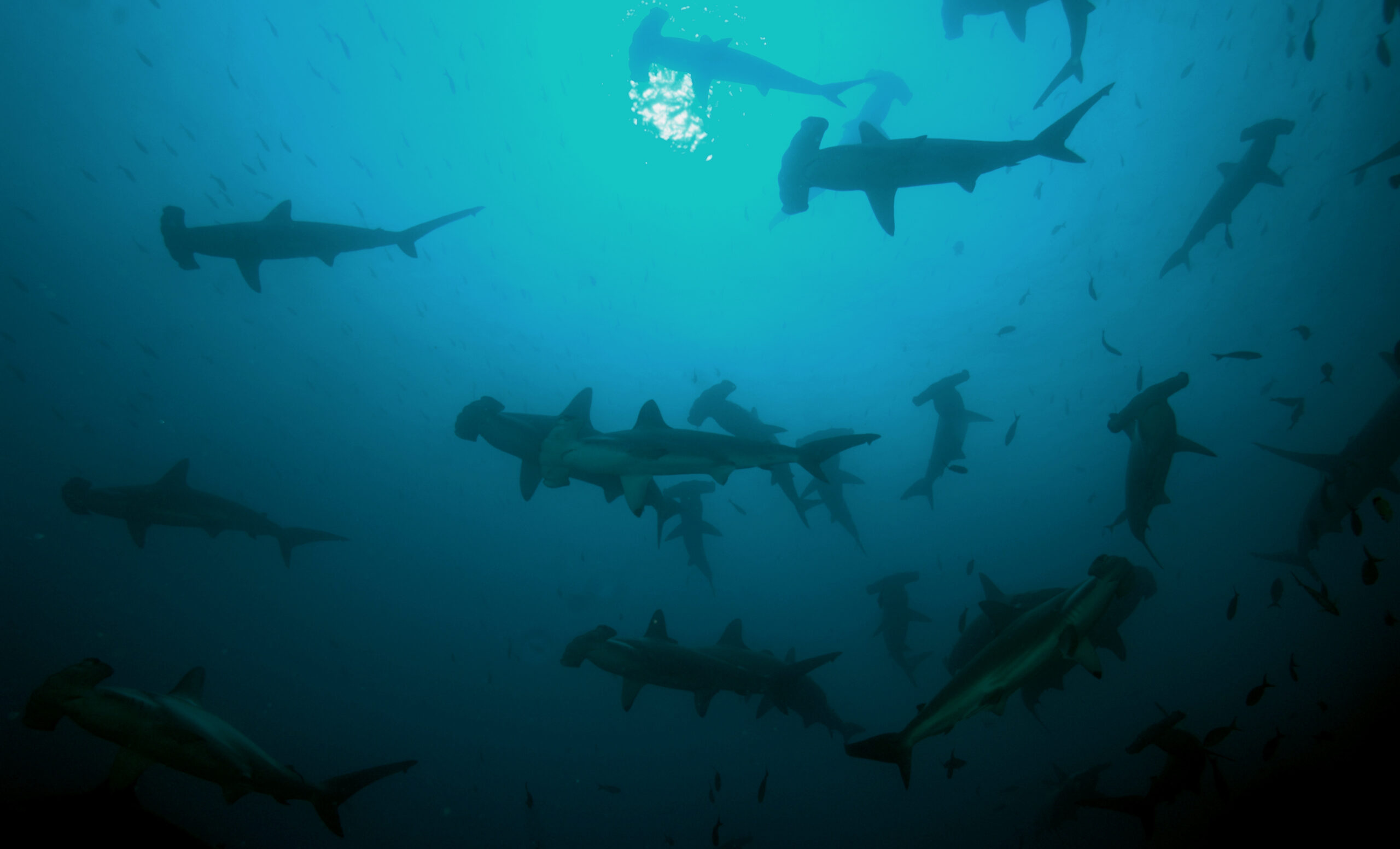
Las ISRAs fueron definidas con base en criterios ecológicos como vulnerabilidad, áreas reproductivas, de alimentación y de movimiento, así como por la diversidad y rango restringido de las especies. Se localizaron 65 ISRAs para 97 de las 190 especies de condrictios reportadas en la región.
Los resultados revelaron una concentración de ISRAs en la costa del Pacífico Centroamericano (52,30%), y una baja representatividad en zonas oceánicas y australes, destacando vacíos importantes en el conocimiento ecológico. La mayoría de las especies amenazadas calificadas, en particular tiburones y rayas, fueron incluidas en al menos una ISRA. Sin embargo, las especies de aguas profundas, las quimeras y aquellas con distribución restringida continúan siendo escasamente representadas. Estos hallazgos evidencian la necesidad urgente de fortalecer la investigación y el monitoreo en estas regiones menos estudiadas, así como asegurar la protección de hábitats críticos y apoyar políticas de conservación efectivas basadas en evidencia científica.
Lee el artículo completo aquí: https://doi.org/10.1371/journal.pone.0322445

